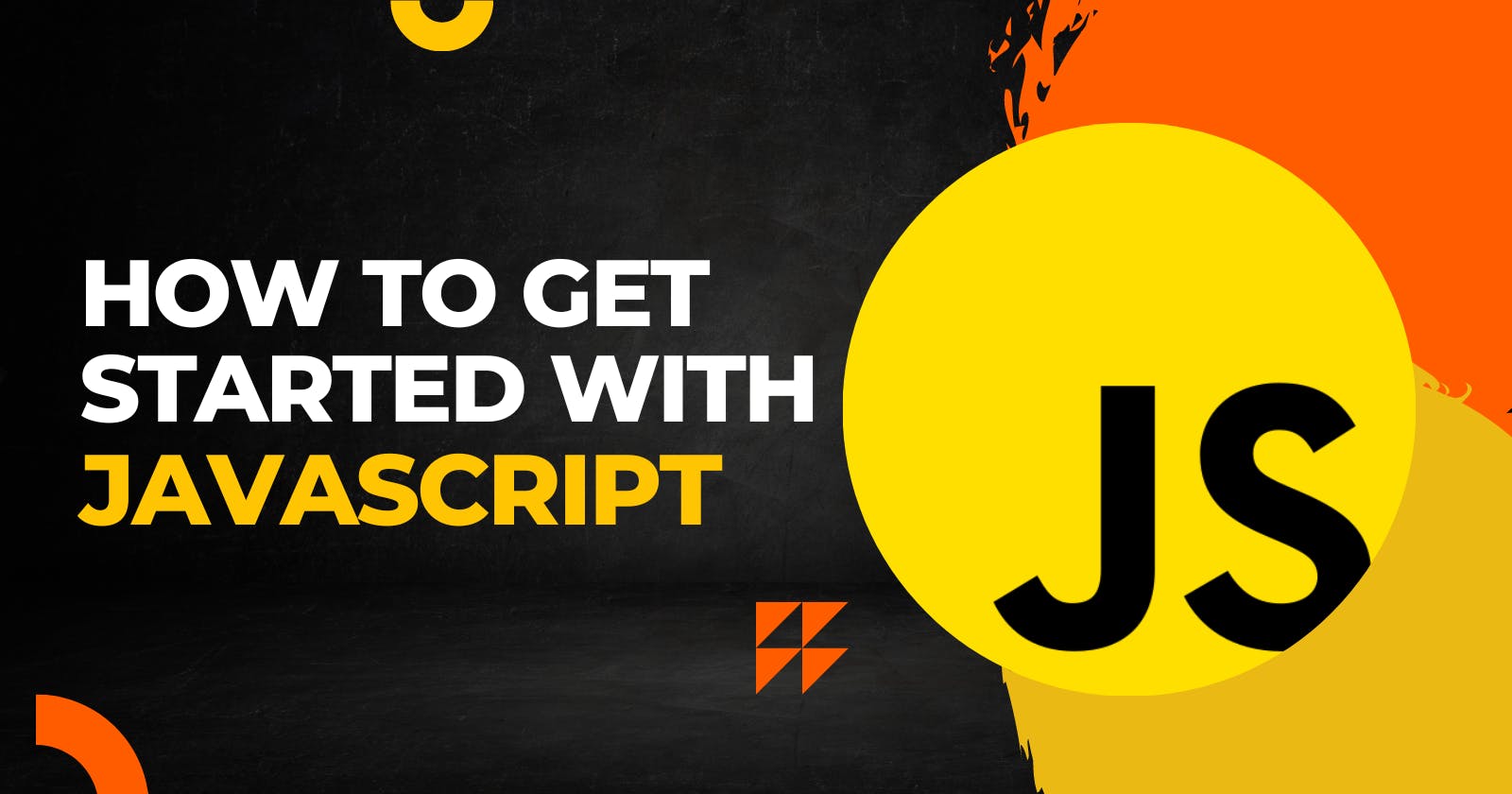JavaScript is a popular programming language used for building interactive web applications, and it's an essential tool for any modern web developer. If you're new to JavaScript, getting started can seem overwhelming. However, with the right resources and guidance, it's not as daunting as it may seem. In this blog post, we'll walk you through the essential steps you need to take to get started with JavaScript.
What is JavaScript?
Before diving into how to get started with JavaScript, it's important to have a basic understanding of what it is. JavaScript is a high-level, object-oriented programming language that's used to create dynamic and interactive web pages. It's supported by all modern web browsers and can be used for both front-end and back-end development.
JavaScript was created in 1995 by Brendan Eich while he was working at Netscape Communications Corporation. Initially, it was designed to add interactivity to static web pages, but over time, it has evolved into a full-fledged programming language that's used for a wide range of applications.
Installing JavaScript
One of the first steps to getting started with JavaScript is installing a code editor. A code editor is a tool used for writing and editing code. There are many code editors available, but some of the most popular ones include Visual Studio Code, Atom, and Sublime Text.
Once you've installed a code editor, you can start writing JavaScript code. However, to run your code, you'll need to have a web browser installed on your computer. All modern web browsers, such as Google Chrome, Mozilla Firefox, and Microsoft Edge, support JavaScript.
Learning the Basics of JavaScript
To start writing JavaScript code, you'll need to learn the basics of the language. This includes understanding variables, data types, and functions.
Variables
Variables are used to store data in JavaScript. To create a variable, you need to use the let or const keyword. Here's an example:
let greeting = "Hello, world!";
In this example, greeting is the variable name, and "Hello, world!" is the value of the variable. The let keyword is used to declare the variable.
Data Types
JavaScript supports several data types, including strings, numbers, booleans, arrays, and objects. Here's an example of each:
let name = "John";
let age = 30;
let isStudent = true;
let fruits = ["apple", "banana", "orange"];
let person = {name: "John", age: 30};
Functions
Functions are used to group together a set of instructions that can be called multiple times. Here's an example of a function that adds two numbers:
function addNumbers(num1, num2) {
return num1 + num2;
}
let result = addNumbers(5, 10);
console.log(result); // Output: 15
In this example, the addNumbers the function takes two parameters (num1 and num2) and returns their sum.
JavaScript Libraries and Frameworks
JavaScript libraries and frameworks are pre-written code that can be used to speed up development and simplify complex tasks. Some of the most popular JavaScript libraries and frameworks include:
React.js: A popular library for building user interfaces.
Vue.js: A progressive JavaScript framework for building user interfaces.
Angular: A popular framework for building web applications.
jQuery: A fast, small, and feature-rich JavaScript library.
When starting out with JavaScript, it's a good idea to focus on learning the basics of the language before moving on to libraries and frameworks. Once you have a solid understanding of the language, you can start exploring these tools to help speed up your development.
Practice with Online Resources
Practice is essential when it comes to learning to code. There are many online resources available for practicing JavaScript, including websites like Codecademy, FreeCodeCamp, and Udemy. These websites offer courses and exercises that allow you to practice your skills and improve your knowledge of the language.
Another excellent resource for practicing JavaScript is the CodePen website. CodePen is a social development environment for front-end developers. It allows you to write code in HTML, CSS, and JavaScript, and see the results in real-time. You can also share your work with others and get feedback on your code.
Debugging JavaScript Code
Debugging is an essential part of programming, and JavaScript is no exception. Debugging involves identifying and fixing errors in your code. Fortunately, modern web browsers come with built-in tools for debugging JavaScript code.
One of the most commonly used debugging tools is the Chrome DevTools. It allows you to inspect your code, set breakpoints, and step through your code one line at a time. Other popular debugging tools include Firefox Developer Tools and Safari Web Inspector.
Resources
Here are three resources to learn JavaScript:
MDN Web Docs: MDN Web Docs is an excellent resource for learning JavaScript. It's a comprehensive reference guide that covers everything from the basics to advanced topics, including data types, functions, objects, and more. The site offers detailed explanations, examples, and interactive code editors that allow you to experiment with code as you learn.
FreeCodeCamp: FreeCodeCamp is an online learning platform that offers a variety of courses on web development, including JavaScript. It offers a comprehensive curriculum that covers everything from the basics to advanced topics like APIs and front-end frameworks. The platform is entirely free, and it includes interactive lessons, coding challenges, and projects to help you practice your skills.
JavaScript.info: JavaScript.info is another excellent resource for learning JavaScript. The site offers a comprehensive guide to the language that covers everything from the basics to advanced topics like asynchronous programming and testing. It features detailed explanations, interactive code examples, and quizzes to help you test your knowledge. The site is entirely free, and it's available in multiple languages.
Conclusion
Getting started with JavaScript can be intimidating, but it's not as difficult as it may seem. By following the steps outlined in this article, you can begin your journey to becoming a proficient JavaScript developer. Remember to start with the basics, practice regularly, and use online resources to help you along the way. With time and dedication, you can become an expert in this versatile programming language.
